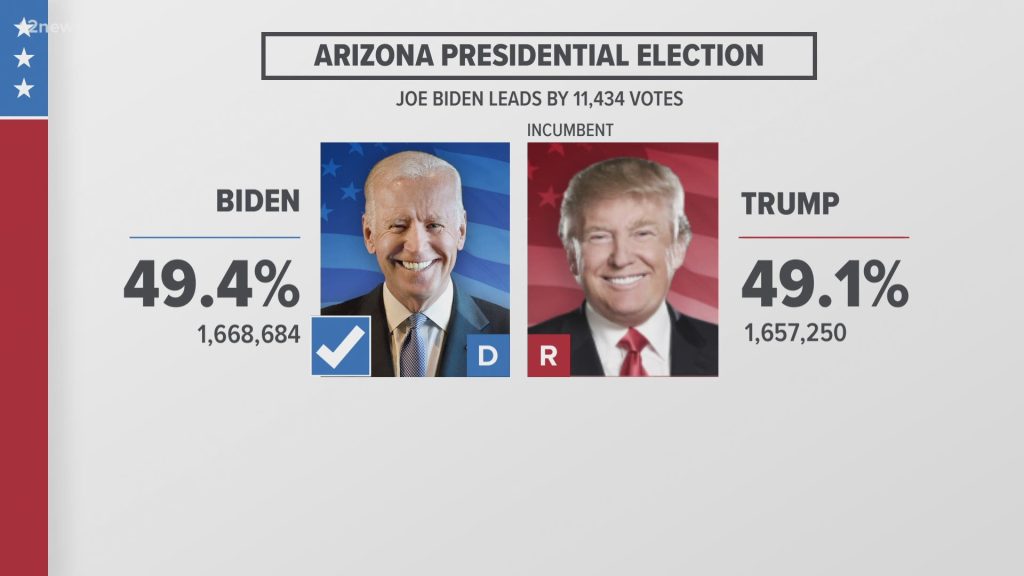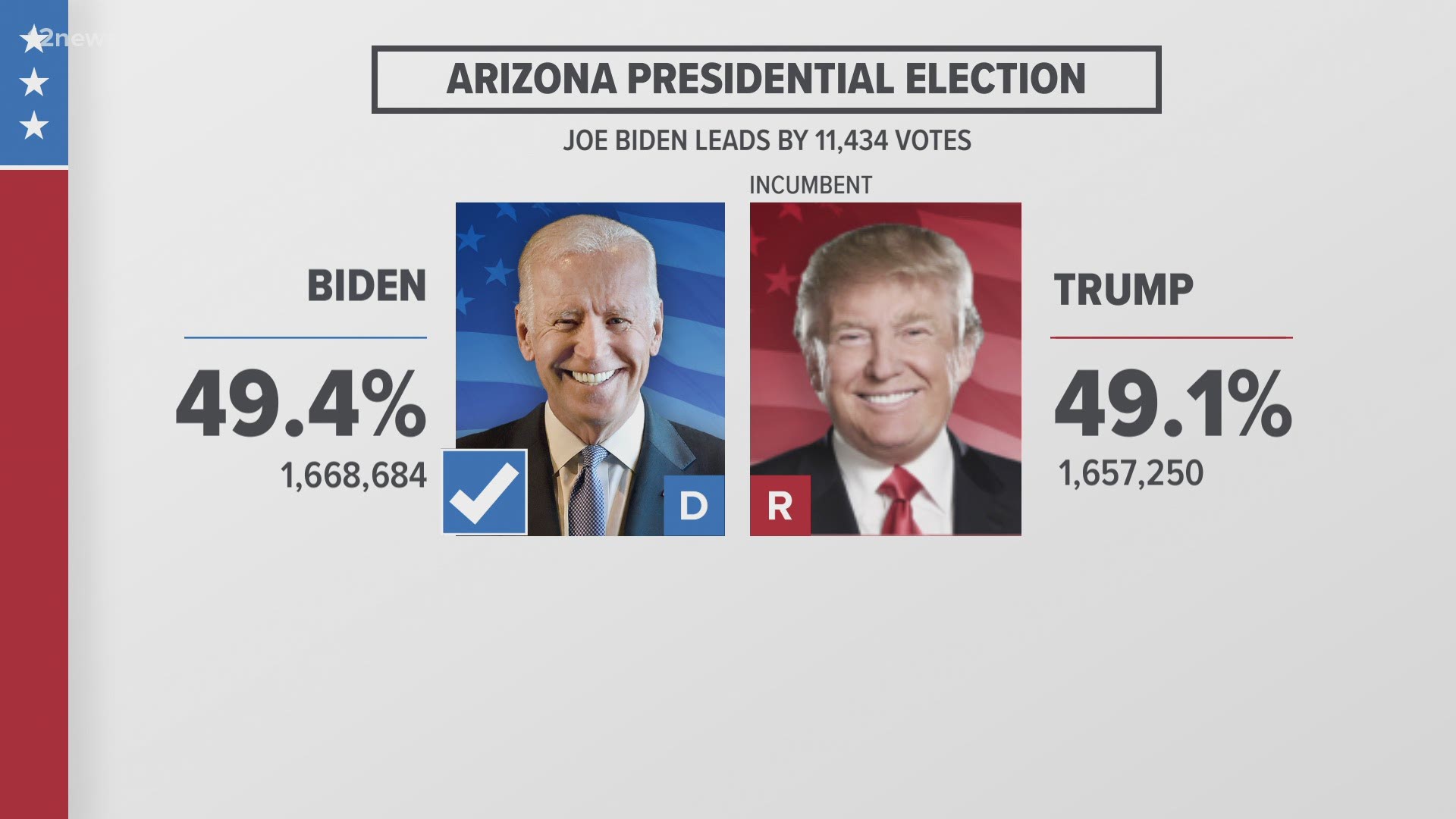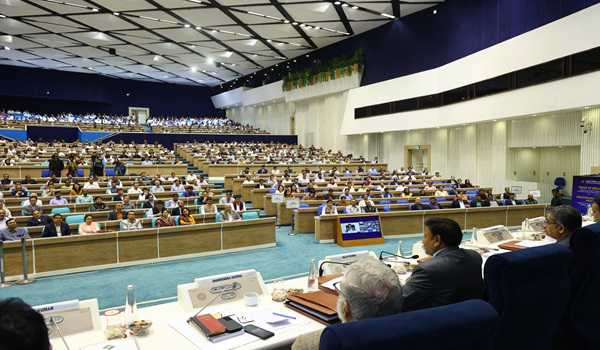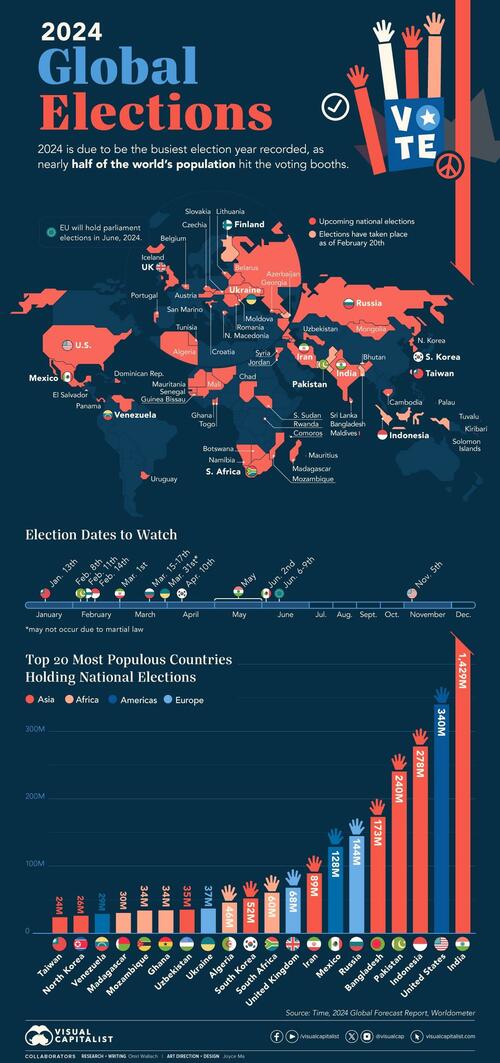
)
Trump’s Fight: Winning Back Our Elections in 2024 – A Nation Divided
The 2024 presidential election looms large, casting a long shadow over American politics. For Donald Trump, it’s not just another election; it’s a reclamation project, a battle to regain what he perceives as a stolen victory. This article delves into the multifaceted campaign, examining its strategies, challenges, and the deeply divided nation it reflects.
The Stakes: More Than Just the Presidency
This election transcends the usual power struggles. It’s a referendum on the very foundations of American democracy. Trump’s campaign is fueled by a fervent base convinced of widespread electoral fraud in 2020, a narrative consistently rejected by courts and election officials. This belief forms the bedrock of his strategy: to convince his supporters that the system is rigged against them, and only he can fix it.
The stakes extend beyond the White House. The battle is being waged over the very nature of truth, the integrity of institutions, and the future of the Republican Party itself. A Trump victory would represent a seismic shift, potentially reshaping the party’s platform, its leadership, and its relationship with the broader electorate. A loss, however, could signify the beginning of a new chapter, potentially ushering in a more moderate and inclusive Republican Party.
Trump’s Strategy: A Multi-Pronged Assault
Trump’s 2024 campaign isn’t just about rallies and endorsements. It’s a meticulously crafted strategy encompassing several key elements:
-
The “Stolen Election” Narrative: This remains the central theme, continuously amplified through social media, rallies, and interviews. The goal is to maintain a high level of engagement amongst his loyal base, while simultaneously casting doubt on the legitimacy of any opposing candidate.
-
Cultivating a Cult of Personality: Trump leverages his charismatic (to his supporters) and controversial persona to build a powerful personal brand. This transcends traditional political campaigning, fostering unwavering loyalty and deflecting criticism.
-
Targeting Key Demographics: While maintaining a strong appeal to his core base, Trump’s campaign is actively seeking to expand his reach to specific demographics – particularly those disillusioned with the current political climate.
-
Legal Battles & Investigations: Ongoing legal battles and investigations add another layer to the campaign. They serve both as distractions and opportunities to rally supporters around him, framing any challenges as attacks by a “deep state.”
The Challenges: A Mountain to Climb
Trump faces significant headwinds in his quest for the presidency:
-
Legal and Ethical Concerns: Ongoing investigations and potential indictments present a major obstacle, potentially diverting resources and damaging his image.
-
Evolving Political Landscape: The Republican party is far from monolithic. A diverse field of candidates are vying for the nomination, challenging Trump’s dominance.
-
Public Opinion: While boasting significant support among Republicans, Trump’s approval ratings remain deeply polarized, hindering his ability to win over undecided voters.
-
Maintaining Momentum: Sustaining the intensity of his campaign over an extended period will be crucial. Maintaining the engagement of his base while facing intense scrutiny will be a significant test.
The Opposition: A Diverse Field
Trump will face a formidable challenge from within the Republican party and from the Democratic camp. The Republican field features a variety of candidates, each with their own strengths and weaknesses. The Democratic nominee, whoever it may be, will present a different set of challenges, likely focusing on contrasting policy platforms and appealing to a broader electorate.
The 2024 Election: A Nation’s Crossroads
The 2024 election is more than a political contest; it’s a defining moment in American history. It’s a battle over ideologies, the future of the country, and the very nature of democracy itself. Trump’s campaign, with its unique strategy and inherent challenges, represents a significant turning point, and its outcome will shape the American political landscape for years to come.
| Challenge | Potential Solution |
|---|---|
| Legal Battles | Aggressive legal defense, rallying supporters |
| Divided Republican Party | Consolidation of support through strategic alliances |
| Public Opinion | Targeted messaging, emphasizing specific policy points |
| Maintaining Momentum | Consistent media presence, innovative campaign strategies |
This election is a pivotal moment, one that will determine not only the next president but also the trajectory of American democracy for years to come. The coming months will be critical, as the candidates vie for support and the nation grapples with the profound implications of this historic election.

Additional Information
Trump’s “Fight”: Winning Back Our Elections in 2024 – A Deeper Dive
Donald Trump’s stated aim of “winning back our elections” in 2024 is a multifaceted claim demanding deeper analysis beyond surface-level pronouncements. It encompasses several key interwoven elements: allegations of widespread voter fraud, proposed electoral reforms, and a broader strategy to influence the Republican party and the electorate. Understanding these elements requires careful examination.
I. The Fraud Narrative and its Impact:
Trump’s persistent claims of widespread voter fraud, despite numerous recounts and court challenges failing to produce substantial evidence, represent a central pillar of his strategy. This narrative serves multiple purposes:
-
Mobilization of the Base: The claim fuels intense loyalty among his core supporters, who believe the 2020 election was stolen. This creates a highly motivated electorate primed for action. This is evident in the significant fundraising his claims generate and the unwavering support he continues to receive from within the Republican party.
-
Erosion of Democratic Legitimacy: Repeated assertions of a rigged system undermine public trust in democratic processes. This distrust can discourage voter participation, particularly among those who feel their vote doesn’t matter. While quantifying this impact directly is difficult, anecdotal evidence and declining voter turnout in certain demographics suggest a potential correlation.
-
Justification for Electoral Reform: The fraud narrative provides a pretext for pushing specific electoral reforms, some of which may disproportionately affect certain demographics and potentially suppress voting rights. This includes efforts to restrict mail-in voting, implement stricter voter ID laws, and challenge the authority of election officials. For example, Georgia’s controversial voting law changes, passed after the 2020 election, exemplify this trend, though their direct impact on voter turnout is still debated.
II. Proposed Electoral Reforms and their Implications:
Trump’s call to “win back our elections” is directly linked to his advocacy for specific electoral reforms. These reforms, often presented as necessary to combat fraud, warrant critical scrutiny:
-
Voter ID Laws: While proponents argue these laws prevent voter fraud, critics point to their disproportionate impact on minority and low-income voters who may lack easy access to required identification. Studies on the impact of voter ID laws show mixed results, with some showing minimal impact on voter turnout and others indicating a significant decrease among specific demographics.
-
Restrictions on Mail-in Voting: The expansion of mail-in voting during the COVID-19 pandemic became a focal point for Trump’s fraud claims. Restricting mail-in voting, while ostensibly aimed at combating fraud, can limit accessibility for elderly, disabled, or geographically dispersed voters. Again, the empirical evidence on the effectiveness of these restrictions in preventing fraud is contested.
-
Election Audits and Recounts: Trump’s advocacy for repeated audits and recounts, even in the absence of credible evidence of widespread fraud, raises concerns about the cost and potential for disruption to the electoral process. The Arizona “audit” of Maricopa County, for example, was widely criticized for its lack of transparency, methodological flaws, and ultimately produced no evidence of widespread fraud, yet consumed significant resources and time.
III. Impact on the Republican Party and the 2024 Election:
Trump’s influence on the Republican party is undeniable. His continued advocacy for his election claims shapes the party platform, influences candidate selection, and impacts campaign strategies. This has several implications for the 2024 election:
-
Internal Divisions: The party remains deeply divided between those who accept Trump’s narrative and those who seek a more moderate approach. This internal struggle weakens the party’s ability to present a unified front.
-
Candidate Selection: Candidates who embrace Trump’s election claims are more likely to gain his endorsement and attract his loyal base. This could lead to a slate of candidates who prioritize contesting election results over governing.
-
Electoral Strategy: The focus on challenging election integrity could overshadow other policy debates and hinder the party’s ability to address pressing national issues.
Conclusion:
Trump’s “fight” to “win back our elections” is not simply about contesting past results; it’s a strategic campaign to reshape the electoral landscape and influence the Republican party’s future. Understanding the implications of his claims, proposed reforms, and their impact on the political discourse requires a thorough examination of their factual basis, their potential consequences for democratic participation, and their long-term effects on the stability and integrity of the American electoral system. Further research, including rigorous statistical analysis of election data and comprehensive studies of the impact of specific electoral reforms, is crucial for a complete understanding of this complex situation.







